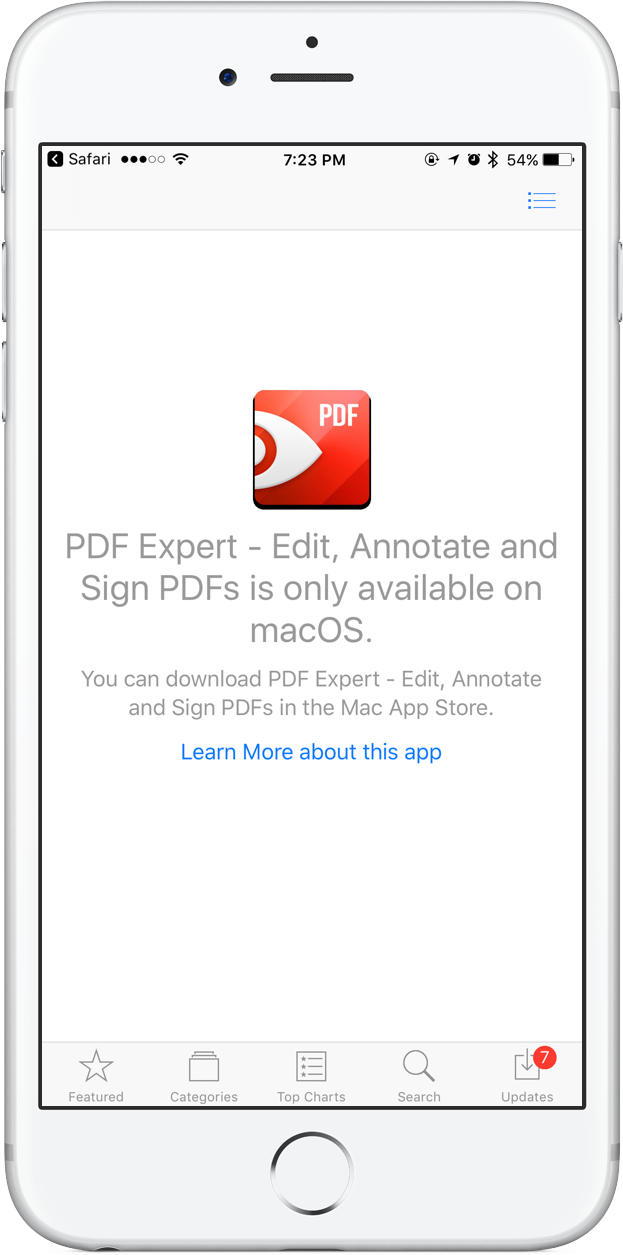Best Mac Desktop Computer For Amateur Photographers 2017
You can have things work pretty will with 16GB of RAM, and can get by with 8GB, but this is the first place I would max out a system configuration for a computer and get as much memory as possible. • SSD hard drive. Abbreviation for solid state drive, an SSD is a hard drive that uses flash memory technology, similar to the memory in your phone and the SD cards you put in your camera.
And for all I know AI and AR developers, as demo'd at WWDC? I would think Apple has perhaps a clue about whether a market exists for such a machine. Note that Apple is still making Final Cut Pro X, and it does lotsa cores, and has been written to make use of Apple's flagship Mac Pro. Best first person shooter games. And probably iMac Pro too. Just because it doesn't offer much for an amateur photographer, or even a pro still photographer, since that isn't that reliant on heavy processing, doesn't mean it doesn't make sense for others. But I do agree 'pro' is probably a useless term, even in marketing, these days.
Before we go into the recommended configuration, let’s explore one of the most frequently asked questions – should one get an iMac, iMac Pro or a Mac Pro for photography needs? 1) iMac vs Mac Pro.  A few years back, I had a chance to try out the Mac Pro and I really loved it.
A few years back, I had a chance to try out the Mac Pro and I really loved it.
SRGB is the general standard for the Internet and most software applications but covers a limited colour range compared to Adobe RGB. Adobe RGB was developed to represent the full range of colours achievable on CMYK printers.
Best Desktop for Photo Editing: Apple iMac Pro 27″ All-in-One Desktop, Space Gray (MQ2Y2LL/A) The new Apple iMac Pro is powered by the Intel Xeon W 8-Core processor. The base clock speed of the processor is 3.2 GHz, while the maximum speed is 4.2 GHz. Taking a picture is only half the battle. CNET's digital photography and design software forum is the best source of troubleshooting advice and software recommendations from a community of experts. Just curious what everyone thinks about which device is more suited for the amateur photographer (I don't make any money off this - so I have to be somewhat price conscious about paying for bells and whistles that don't offer great value for money.
The Laptop comes with a 13.5” PixelSense touch-capable Display, 7th generation Intel processors and range of different RAM and SSD capacity combinations. • Intel Core i5/4GB RAM/128GB SSD • Intel Core i5/8GB RAM/256GB SSD • Intel Core i7/8GB RAM/256GB SSD • Intel Core i7/16GB RAM/512GB SSD Any combination here will give you enough power for basic tasks such browsing, watching movies, office work and even low-level photo editing. The i5 is powerful enough for virtually any workload, and 256GB of SSD capacity should also be enough storage for your photos, especially if you utilize some sort of external storage via USB as well. But if you are working with large batches of photos or are simply doing detailed photo retouching and editing work, we recommend skipping the 4GB RAM version and going straight for the 8GB version. Overall, the performance of the Surface Laptop is admirable.
The 5K Retina Display is more than enough for any and all photography and video editing work. The 500 nits brightness ensures a bright realistic display of the images/videos while editing. The display supports up to a billion colors.
Hello Mike – your article is much appreciated. My 2009 Mac desktop finally truly bite the dust- manufacturing hardware issues with this model. I’m finally considering a laptop and budget sorta under a $1000. I’m a photographer and so used to working on a Mac, and not much of a tech person.
Thought it would not rate as the best professional laptop based on the products that we have listed here, it has the practical combination of a less expensive GPU but a 7 th Generation Core i7 processor. As photographers, we don’t need too powerful a GPU and the NVIDIA GeForce GTX 1050 Ti satisfies our needs. Plus, the system has a 512 GB all SSD storage which should make OS booting and launching of photo editing applications a breeze. We also include the.
There is still a lot to like about the product, especially if you prefer to use your own displays. The “trashcan” design, as it became to be widely known, is very compact and can fit easily on a desk alongside various accessories and tools—my RAID setup is somehow larger than this computer!
Check out: Hardware Specifications of HP Pavilion Power 15 Laptop Processor Intel Core i7-8750H Hexa Core 2.2GHz Processor (Turbo up to 4.1GHz) RAM 16GB DDR4 RAM Storage 1TB 7200RPM HDD + 128GB PCIe SSD Graphics NVidia GeForce GTX1050Ti 4GB DDR5 Graphics Display 15.6-Inch Full HD IPS Anti Glare WLED Display with 1920 x 1080 pixels resolution Operating System Windows 10 64-bit Battery Life Up to 10 hours Weight 4.7 lbs. Best Compact and High-end Laptop for Professional Photographers Have you ever been to a professional photographer or video producer’s studio? The chances of they using a Mac is way higher than using a Windows-based laptop. That said, Apple’s MacBooks and iMacs are traditionally used for handling high-end graphics tools and are extensively used for image and video processing.